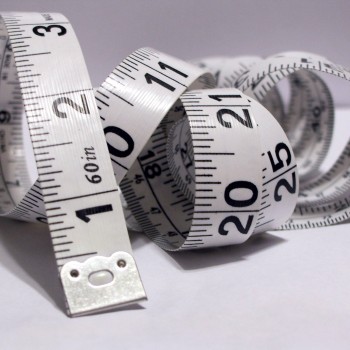Quick guide to pallets sizes
10 Jan 2014

Should you use wooden or plastic pallets? There are pros and cons for both, so it really depends on your requirements.
Wooden Options
Wooden pallets are a very cost-effective option, and they are very strong, which makes them ideal for storing and lifting heavy loads. However, they can splinter, and if not treated properly can even rot, which will not happen with a plastic alternative.
Given the focus of many companies and consumers these days on environmental responsibility, many pallets are now being made from renewable sources. Where there is waste produced in the manufacture of new pallets, this can be recycled into wood chips that are then used for many things, such as animal bedding or, increasingly, bio-mass boilers.
The wood used for new pallets often comes from managed sustainable forests and woodlands, minimising the impact on the environment.
Not all wooden pallets are new. They can be used again and again, and specialist retailers will often refurbish them so that they can be sold at around 60% of the cost of new ones. This often tips the balance in the decision-making for customers who opt for refurbished rather than new. They can be repaired if they do break, and once they do reach the end of their time they can be easily recycled.
Plastic Options
Plastic is another option which goes some way to giving consumers a much wider choice. They are a good choice for holding a great many items, including food or water products. They are a hygienic choice and can be cleaned easily. These days, they can also be recycled without having a negative impact on the environment.
One of the biggest potential disadvantages of choosing wood is that pests and diseases can be transferred unless the pallets are treated. However, wood products or soil, when transported on plastic pallets or in vehicles that have not been cleaned properly, can pose a similar risk.
ISPM 15 guidelines for standards of sanitation have been introduced to regulate the packaging of wood products that will be exported. Heat treated pallets, crates, boxes and so on are now big business for manufacturers authorised to treat and mark pallets under national standards.
Pallet Models
Wood pallets come in two- or four-way models. Two-way pallets are generally cheaper to manufacture because they use less wood, and so are a less expensive product to buy too. Four-way options are stronger in construction, but with more wood used to produce them they are slightly more expensive. The main difference is the ‘stringers,’ or boards running the length and width of the pallet, on both the top and bottom of the blocks. This does make them more durable, however, and they can be well suited to being stacked.
Finally, plastic pallets are also available in various sizes so can be stacked if required, and they are easy to clean. The materials used are also generally odour-resistant too, which could be a definite advantage depending on the products you need to transport. They can be used again and again.


